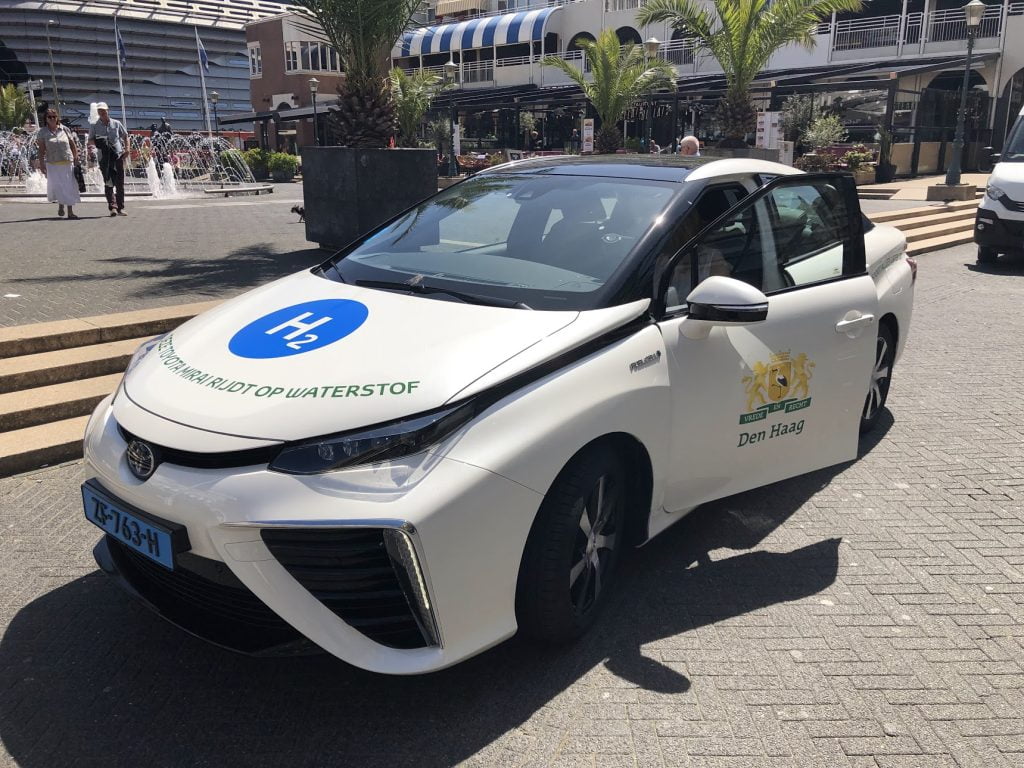The proposed subsidy scheme is now open for public consultation, allowing citizens, entrepreneurs and stakeholders to have their say and raise potential issues before the scheme is finalised.
The Dutch cabinet has released 125 million euros to boost the hydrogen industry. State Secretary Heijnen today announced the subsidy scheme, which should encourage entrepreneurs to switch to hydrogen as a fuel for their vehicles. This financial injection would lead to the construction of approximately forty new hydrogen filling stations and the deployment of several thousand hydrogen vehicles in the coming years.
With its significant range, fast refueling time and reduced impact on the electricity grid, hydrogen is increasingly seen as an ideal alternative to traditional fuels and battery-powered electric vehicles. Hydrogen offers a solution, especially for entrepreneurs who have to cover long distances with heavy vehicles such as trucks. “It is time for us to ensure that hydrogen fulfills its promise,” says Heijnen.
'chicken-egg'
In an attempt to settle the so-called 'chicken-egg' debate—the dilemma of whether you should first have gas stations to be able to refuel vehicles, or first vehicles to make gas stations profitable—the subsidy scheme requires that every application includes both the construction of a gas station if it involves the purchase of a sufficient number of vehicles. To make a filling station profitable from the start, an average of 10-15 hydrogen trucks are needed. The government is thus encouraging partnerships between transport companies and petrol station owners.

The policy not only highlights the potential benefit of hydrogen as a clean alternative to fossil fuels, but it also makes the Netherlands a forerunner within the European Union when it comes to achieving European sustainability goals.
The subsidy scheme, which runs from 2024 to 2028, can cover up to 40% of the construction costs of a new hydrogen filling station. For the vehicles themselves, this can amount to up to 80% of the price difference with a diesel variant. It is important that these new filling stations must be publicly accessible and must be able to serve both trucks and passenger cars.
European ambitions
This national effort is in line with broader European ambitions. The European Union requires hydrogen filling stations to be located along all major highways by 2030. For the Netherlands, this means that there must be at least thirty stations spread across the country that meet EU requirements in terms of size, capacity and accessibility. The Netherlands currently has 17 hydrogen filling stations, of which only four meet the standards set for 2030.
Although hydrogen technology is still in its infancy—there are currently only a few dozen hydrogen trucks and vans on the road in the Netherlands—car manufacturers indicate that they will expand their product lines in the coming years.
The announced grant scheme will now go out for internet consultation, meaning the public will have the opportunity to provide feedback before it is finalized and comes into effect in March of next year.



